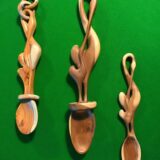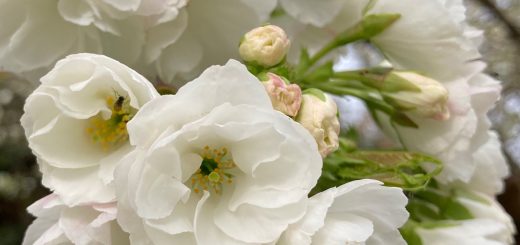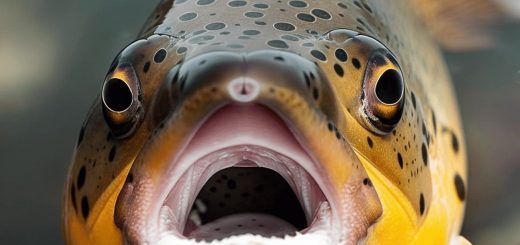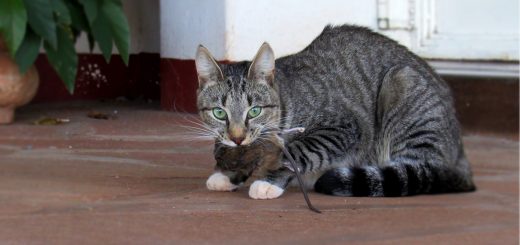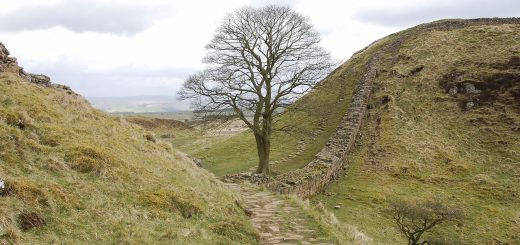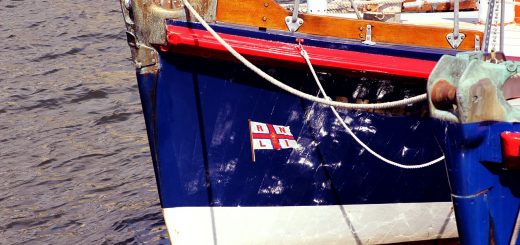Foxy Lady
 It was dark apart from an orange glow from the street lights and a small pool of light from my head torch. I was returning from leaving the recycling for collection at the bottom of the drive a few weeks ago and was looking forward to returning to the warmth of the house. Suddenly, I was aware of a slight movement off to the right in the middle of the lawn, and, as I slowly turned my head towards it, two bright discs appeared in the edge of the head-torch beam.
It was dark apart from an orange glow from the street lights and a small pool of light from my head torch. I was returning from leaving the recycling for collection at the bottom of the drive a few weeks ago and was looking forward to returning to the warmth of the house. Suddenly, I was aware of a slight movement off to the right in the middle of the lawn, and, as I slowly turned my head towards it, two bright discs appeared in the edge of the head-torch beam.
 Gradually the dim, shadowy suggestion of an animal materialised in the gloom. Whatever it was slipped ghostlike behind a bush before it appeared again stepping into the full beam and revealing itself as a young fox. I recognised her immediately as a vixen we had named Red, who had taken to visiting our bird-feeders outside the kitchen and lounge at night.
Gradually the dim, shadowy suggestion of an animal materialised in the gloom. Whatever it was slipped ghostlike behind a bush before it appeared again stepping into the full beam and revealing itself as a young fox. I recognised her immediately as a vixen we had named Red, who had taken to visiting our bird-feeders outside the kitchen and lounge at night.
She had been giving us a wonderful view in the light of the windows as she ate the peanuts and fatballs scattered on the ground for any hungry visitors that might come round.
I dipped the torch and quietly approached her across the grass to see how she would react. To my surprise, instead of taking flight she circled cautiously and came nearer with every step. I crouched down and spoke softly to her until she was about five feet away, when she stopped, sat back on her haunches in the pool of light from my torch, and looked straight at me, her eyes bright and questioning. “Have you got anything for me?” she seemed to be asking, so I told her to follow me as I got up slowly and walked the 20 yards through the bushes to the feeder by the lounge window.
As I walked I occasionally looked behind and could see her eyes shining in the torch light as she followed me at a distance, edging forward from bush to bush with her head low. Arriving at the feeders I shook some peanuts onto the ground and added a couple of crushed fatballs before squatting down by the front doorstep about six feet away.
Now that I was sitting still, the fox gradually came up into the full beam of my torch and the light coming from the lounge window and started eating right in front of me. It was wonderful to be able to watch a wild fox acting completely naturally from such close quarters and she seemed to be completely unphased by my presence, even when I was talking to her, showing more concern about noises elsewhere that I could scarcely hear. Perhaps she was unconsciously listening for the distant baying of a pack of hounds or the metallic click of a shotgun safety catch, but she seemed to sense that I posed no threat.
Having cleaned up some of the peanuts, Foxy picked up a chunk of fatball. Rather than eating it straight away, she trotted off with it to a spot underneath a bush some distance away where I could just make her out as she dug a small hole and buried it for later. Having finished, she confidently trotted back towards the feeder, but instead of going straight to the food, she circled round it and came right up to me, stopping within two feet of where I sat. So close I could have reached out and touched her, she squatted down and, occasionally tilting her head from side to side, she fixed me with a stare that bridged the gap between our souls.
The connection,which simultaneously spoke of both our closeness and our apartness, our similarities and our differences, stopped my breath and held me transfixed.
Then, with a turn of her head and then her shoulders, she moved away to the food to resume eating and replenishing her caches until all was gone and she returned to the shadows and became a lingering memory. The moment had passed but the sense of connection remained and I felt honoured that she had chosen to give me such a gift.
Over subsequent days as the weather chilled and the ground froze, Red started visiting in daylight hours and I was delighted to be able to repeat the experience of sitting by her in the open in broad daylight as she ate. Whereas I could probably have tempted her to take food from my hand over time, as I had done briefly with a different fox several years ago, I did not do so as I wanted her to retain her wildness and her wariness of humans.
 I have loved foxes since childhood and they have figured often in my life. While on a badger-watching trip with my father, my first distant view of a fox as it quartered the craggy slopes of Craig Pantshiri, near Tregaron, in mid-Wales, lives vividly in my memory. The sight of this fox, russet red in the late evening sun, as it hunted rabbits amid the rocks and bracken was compensation for the disappointment of seeing no badgers.
I have loved foxes since childhood and they have figured often in my life. While on a badger-watching trip with my father, my first distant view of a fox as it quartered the craggy slopes of Craig Pantshiri, near Tregaron, in mid-Wales, lives vividly in my memory. The sight of this fox, russet red in the late evening sun, as it hunted rabbits amid the rocks and bracken was compensation for the disappointment of seeing no badgers.
Also when young, I won a book called Foxy as a prize in an RSPCA schools essay competition and I shared my bedroom with a stuffed fox for many years, a wonderful and unexpected gift from my mother who had found it for 10 shillings at a local jumble sale and who knew that I would love it. Uncased and curled up with its tail around it, it was wonderful, I thought, despite a rather tatty ear.
I have seen the wild side of foxes too. A youngster that I looked after for a while once took exception to being handled when I first got him and bit clear through thick leather gloves into the ball of my thumb. When he was old enough, fearing that he was too imprinted on people to be released safely, I gave him to Cardigan Wildlife Park and visited him once or twice before he found a weakness in the enclosure and escaped. I hope he lived long and prospered.
In later years I have lost a number of chickens to opportunistic foxes, once when I was alerted by a cacophony of squawks to a russet whirlwind chasing and catching in the middle of the lawn in broad daylight. I persuaded it back whence it came with shouting and hand-waving from the window, but it left a trail of feathers and corpses in its wake.
On another occasion, when I was returning up the drive one evening in the dusk, a strange moving shape in the adjacent field revealed itself as a fox attempting to drag away our large white gander. Again shouting and arm-waving caused it to drop its quarry and slink off grumbling, but the gander was already dead and ended up prematurely in the freezer ready for Christmas.
We even had a fox in our freezer once. A roadkill in perfect condition that I found early one morning on the way to the Builth Wells Antiques Fair spent the day in the passenger footwell of the car before being frozen at home prior to being a model for my wife at the time to practise her considerable artistic skills on.
The urbanisation of foxes since the Second World War as a result of persecution, habitat loss and reduction in prey availability among other things has its problems and benefits, but having foxes living among us has brought delight to many city people and an awareness of and connection with nature that would otherwise be largely absent for them.
Red still returns periodically to renew our acquaintance and even today she was outside our lounge window fearlessly hoovering up some spilt birdfood at lunchtime as Lynne and I watched her from six feet away and took photographs. She has also been seen by many of our neighbours in the village of Trefin, so she has clearly been doing the rounds and sharing her favours locally. It is so good to know that she is surviving and thriving as she adds a dimension to our lives that is vitally important to us. Long may it continue.

David Gardner
Please note that all the images and writing displayed here are protected by copyright and we have David’s kind permission to use them. David Gardner has a background in the environmental and conservation fields having been, inter alia, a salmon and trout farm manager, fisheries and conservation manager with the National Rivers Authority, and chairman of the Wildlife Trust of South and West Wales. He is also a dealer in art and antiques, which must go some way to explaining what a great eye he has for creating beautiful images of the world around us. He can supply high-quality prints of these and other images to order, and he is happy to accept commissions if you have special subjects in mind.
Photographs ©David Gardner
Contact him at David4Rugs@aol.com
Website: https://davidgardnerphotography.com
Or on his Facebook pages https://www.facebook.com/Piscesenvironmentalservices/










